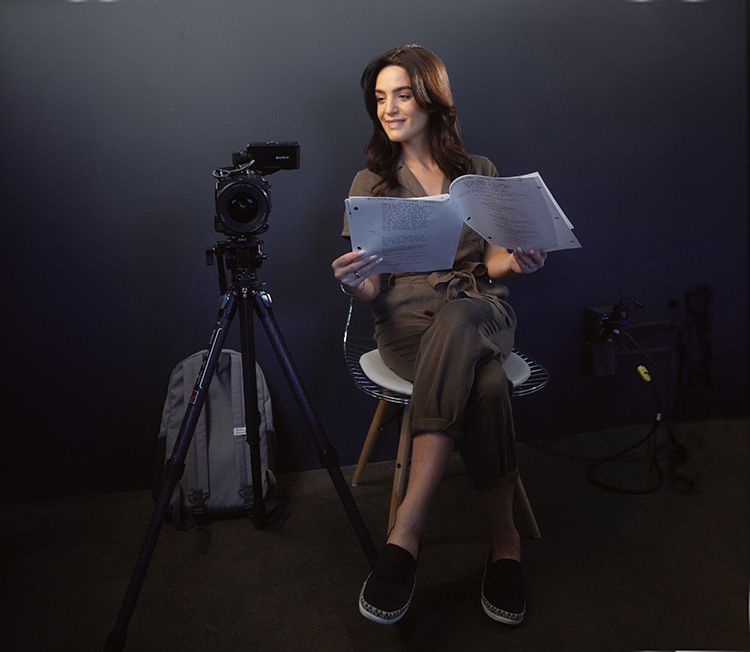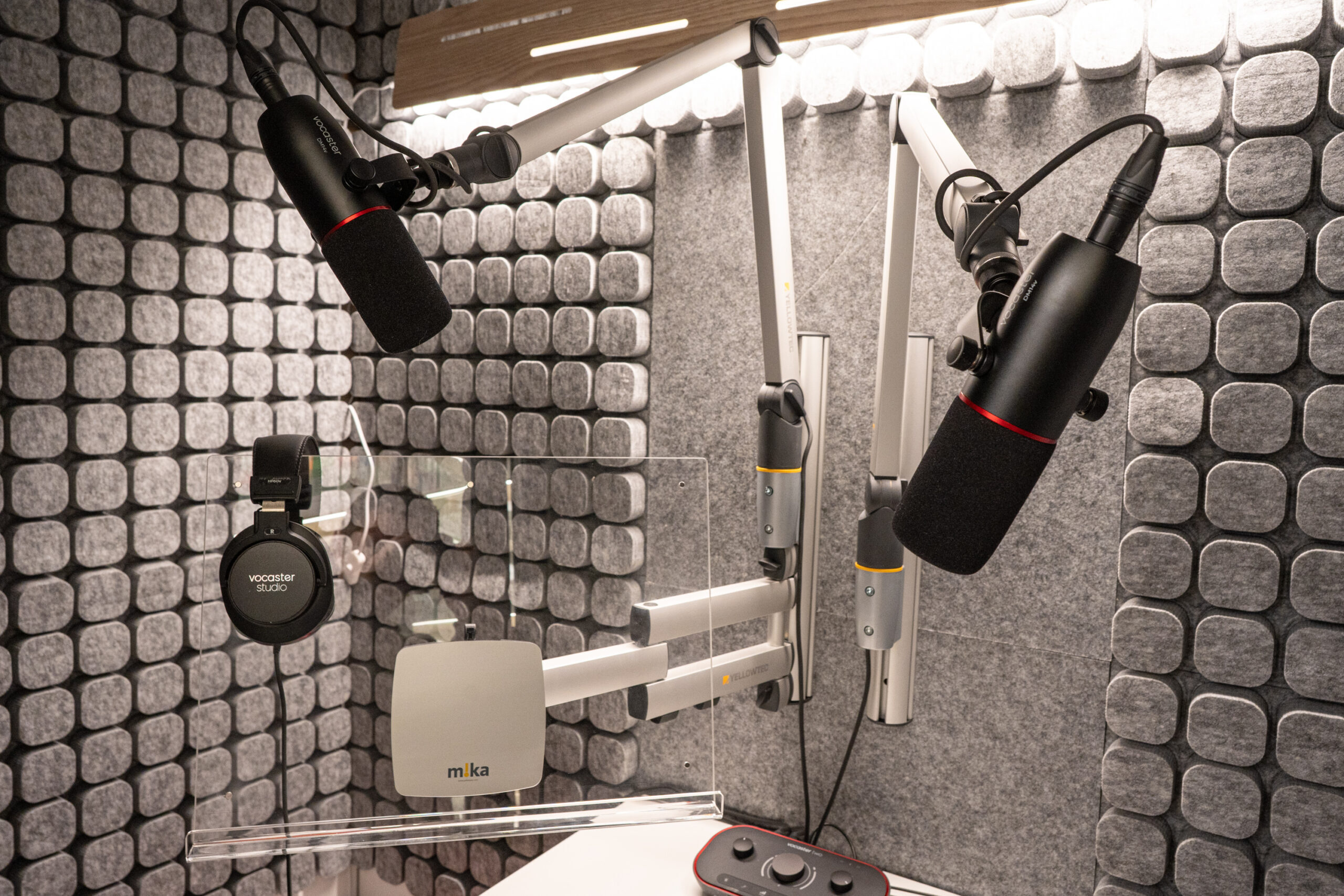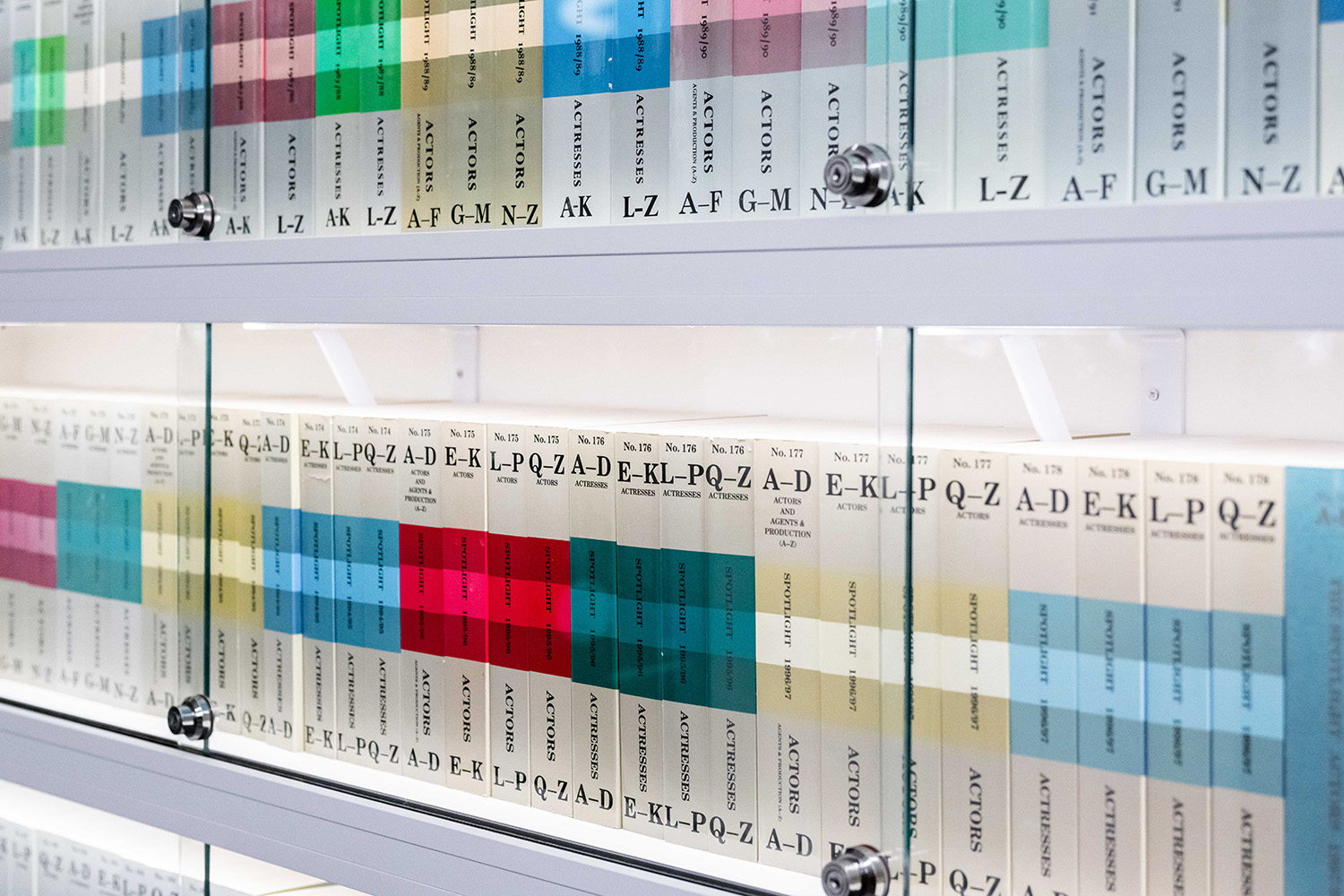The Immigration Advice Service gives us a guide for self-employed European actors
Published: February 2019
In October 2018, I wrote a piece for Spotlight to provide initial guidance for EU actors looking to prepare for Brexit. In it, I mentioned the EU settlement scheme – which remains the most viable way to secure your status in the UK after Brexit.
The full EU settlement application is set to be opened for all EEA (European Economic Area) nationals on 30 March 2019. However, the Government rolled out the pilot phase of the scheme on 21 January 2019, allowing many Europeans to start applying immediately.
The settlement scheme is free to apply for and will be necessary for all EEA nationals living in the UK after Brexit – whether we leave with a deal or not. However, if you choose to apply as part of the pilot phase, you will be charged a fully refundable fee of £65 for adults. It is advised that, even if a second referendum is called, it is still worth going through the process.
Those wishing to register under the pilot scheme must use the UKVI android app: a process which has been straightforward for many. However, while many Europeans who have been employed in the UK have been able to use the app with ease, it has presented problems for many creatives who are self-employed.
Because of the nature of the acting profession, this presents an issue for the UK acting community, with many self-employed European actors growing concerned that they will fall through the cracks after Brexit day and lose their right to remain.
Eligibility
You can apply for EU settled status so long as you; arrive(d) in Britain by 31 December 2020; have lived in the UK for a continuous five-year period, and have been ‘exercising treaty rights’ in this time.
This means you must have been in one or more of the following states during your time in the UK:
- Employed
- A student
- A job-seeker
- Self-sufficient
- Self-employed
If you have not lived in the UK for five years at the time you apply, you will qualify for pre-settled status. You will then automatically gain settled status when you have lived in the UK while ‘exercising your treaty rights’ for five years.
If you arrive in the UK as an EU national after the implementation period has finished, you will be required to meet the same visa requirements as migrants from outside the EU.
The current system allows for permanent, skilled workers to apply for a Tier 2 Visa, although they must have a UK sponsor and a promised salary of £30,000+. This visa is not necessarily reasonable for many actors who work on a freelance basis, without necessarily knowing who their long-term employer will be.
Another option is the Paid Permitted Engagement Visa. This allows holders to come to the UK for specific temporary projects and does not require a minimum salary – this is commonly used by performers and creatives, who need to work on a specific production/performance in the UK.
There has been talk of a 12-month temporary visa being launched after Brexit, which will allow individuals to enter the UK for year-long work placements without being subject to the £30,000 salary threshold, however, this is not set in stone.
The EU settlement scheme will be officially rolled out to every EEA national on 30 March 2019 – applicants will be able to apply from other devices (such as with a desktop, iPhone or by post) after this date. The deadline for making an application will be 30 June 2021. If no deal is reached, however, the deadline will be 31 December 2020.
How to use the android app
Step 1: Download the app. To do this before 30 March 2019, you must have an android phone. You can download the app, which is called ‘EU Exit: ID Document Check’ (by UK Visas and Immigration) from the Google Play store.
Step 2: Scan your passport. To do this, your passport must have a biometric chip. The app will give you instructions, and when it does, open your passport to the photograph page and take a picture.
Step 3: Scan the chip in your passport. After you have taken a photograph of your passport, you will then need to scan its biometric chip. To do this, close the passport and hold your phone flat against it. The app will alert you when it has successfully scanned the chip.
Step 4: Scan your face. Hold your phone up as though you are taking a ‘selfie’. Look directly into the camera and touch the ‘scan face’ button. The app will flash while it scans your face and will alert you when it has matched you to your passport photo.
Step 5: Take a photograph of yourself. Once the app has recognised your face, touch the ‘take photo’ button while looking into the camera.
It is important to note that anyone from Switzerland, Norway, Iceland or Liechtenstein will be unable to apply for EU settled status during the final phase of testing. However, if this is the case, you will be able to apply once the scheme is fully opened on 30 March 2019.
Documents for self-employed people
As part of the application process, EU nationals will also be asked to supply documents which prove they have lived in the UK for the time they say they have, while ‘exercising their treaty rights’. In the first application, up to 10 documents can be submitted.
For those who have been employed at a UK company or organisation, this is quite straightforward; they can supply a P60 and P45 to prove they have been employed in the UK.
However, some self-employed creatives have already come up against issues when trying to register for settlement and have been rejected based on a lack of evidence.
This flaw is likely to severely hit European actors, many of whom are self-employed and sustain themselves by jobbing.
If you find yourself in a similar position and are rejected or questioned due to insufficient evidence of your residence in the UK, there are alternative documents you can provide in order to prove your right to remain.
Other than a payslip, you can also submit the following documents:
- An annual bank statement, showing at least six months of payments (both received and made) in the UK
- A council tax bill
- Proof of study, such as a certificate or proof of fee payment from a regulated school/college/university/training institution. For example, if you have undertaken actor training during your stay
- Evidence of a mortgage or rental agreement and proof of payment in the UK
- An annual business account of a self-employed person
There are several types of proof you can use to present an annual business account to the Home Office. These include:
- Proof of income – such as bank statements which show payment for your services. For example payment for performances.
- Proof of expenses – travel expenses which have been reimbursed to you. For example transport to and from rehearsals
Some specific examples include train/bus tickets, food receipts, bank statements, cheque book stubs and invoices.
For those concerned, it is important to bear in mind that UKVI will alert you should they need more evidence. You should also remember that you can make unlimited, free applications for EU settlement and that, when the scheme is released in full, you will be able to apply using other platforms rather than solely through the android app.
Luna Williams is the political correspondent at the Immigration Advice Service, an organisation which advises on and assists with applications under immigration, EU and nationality law.



















